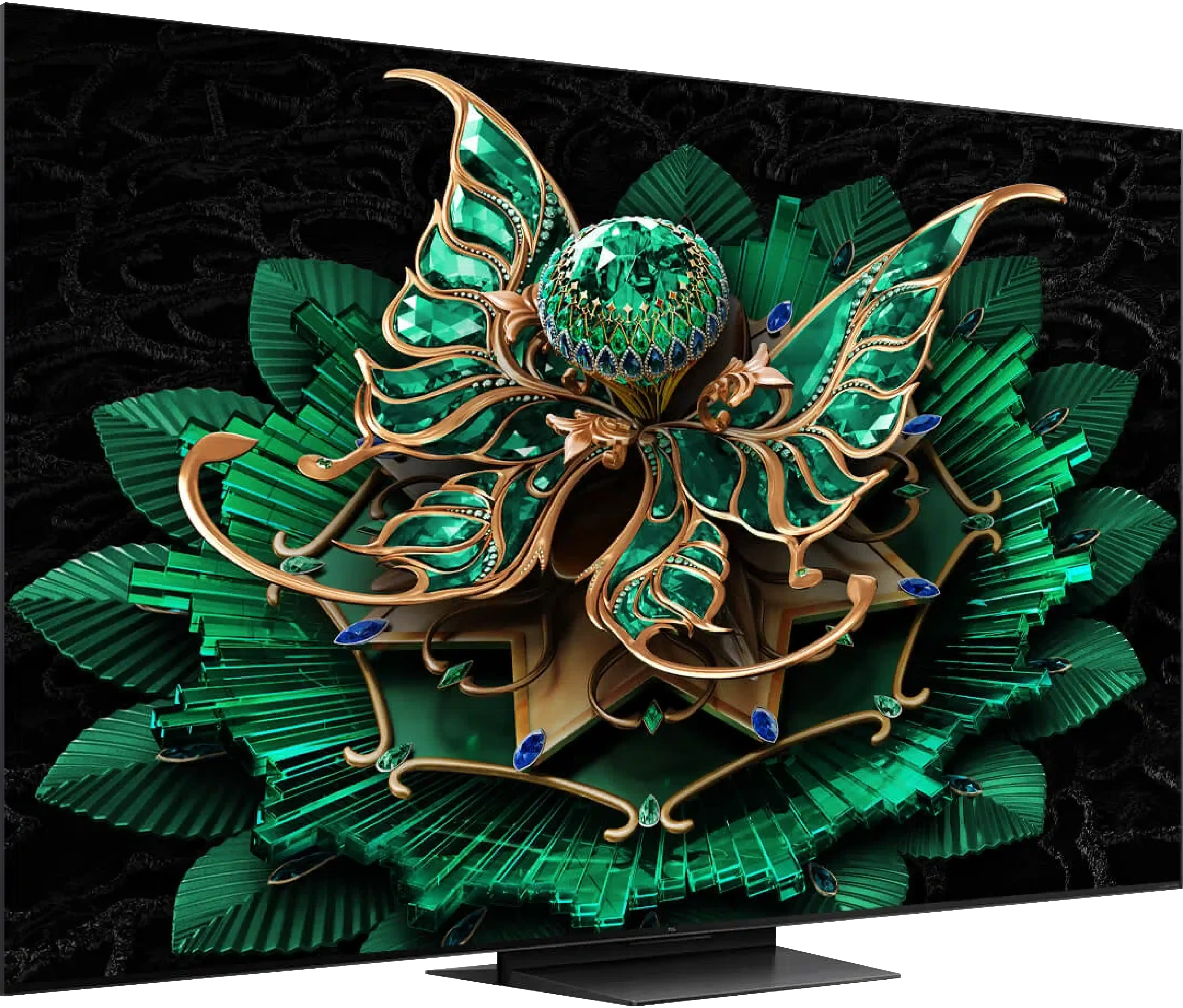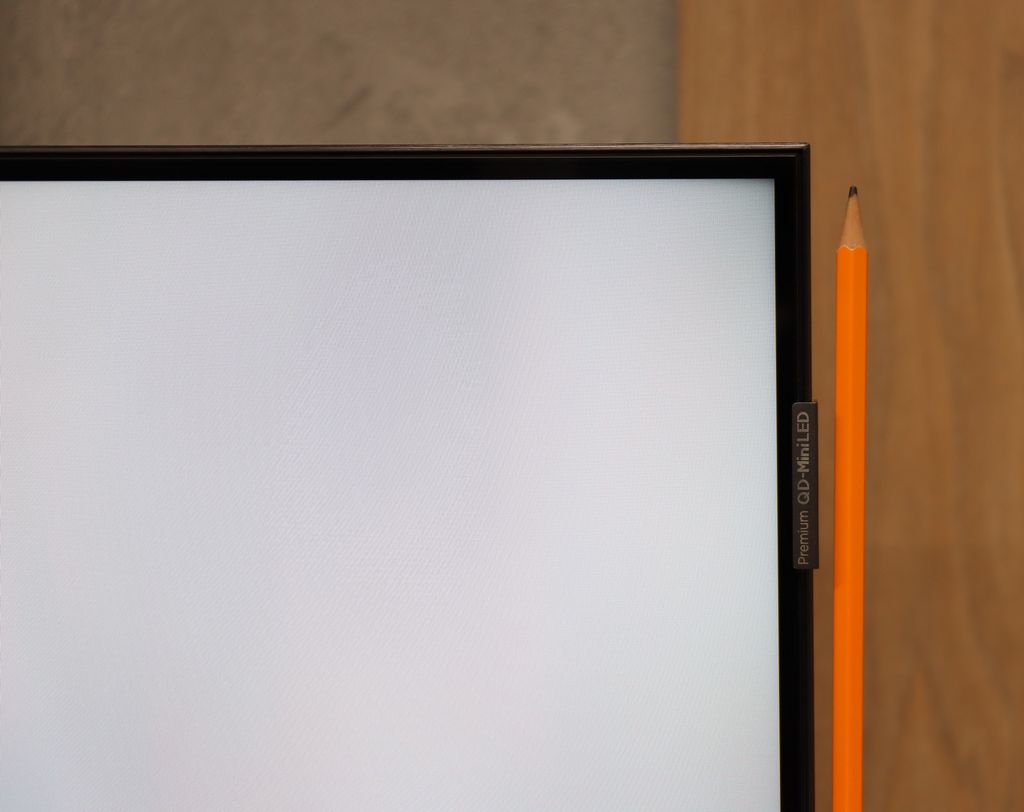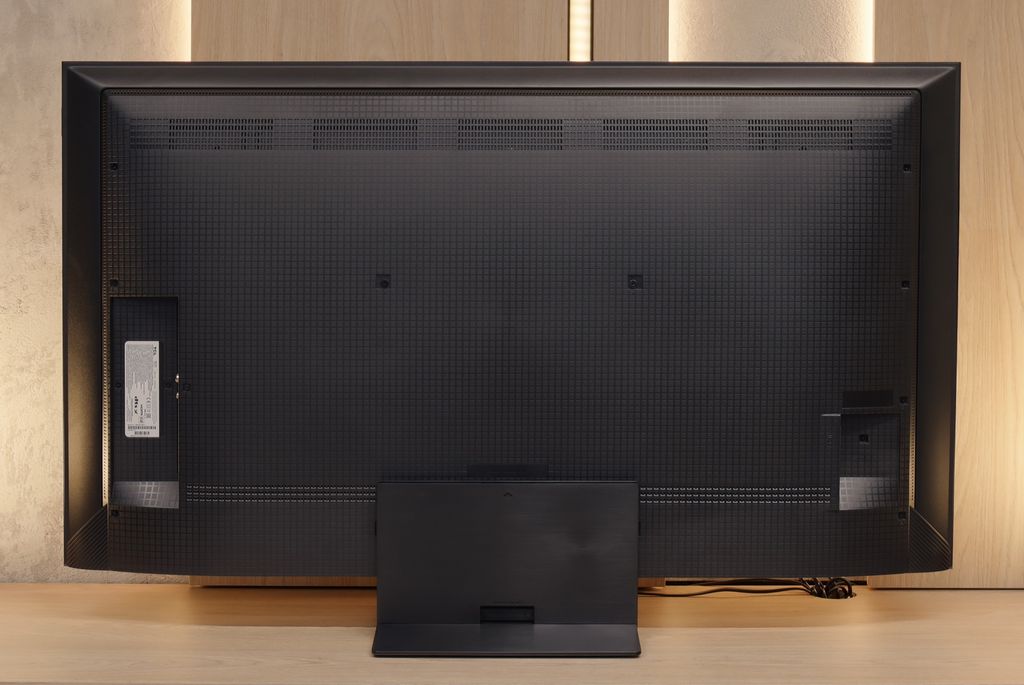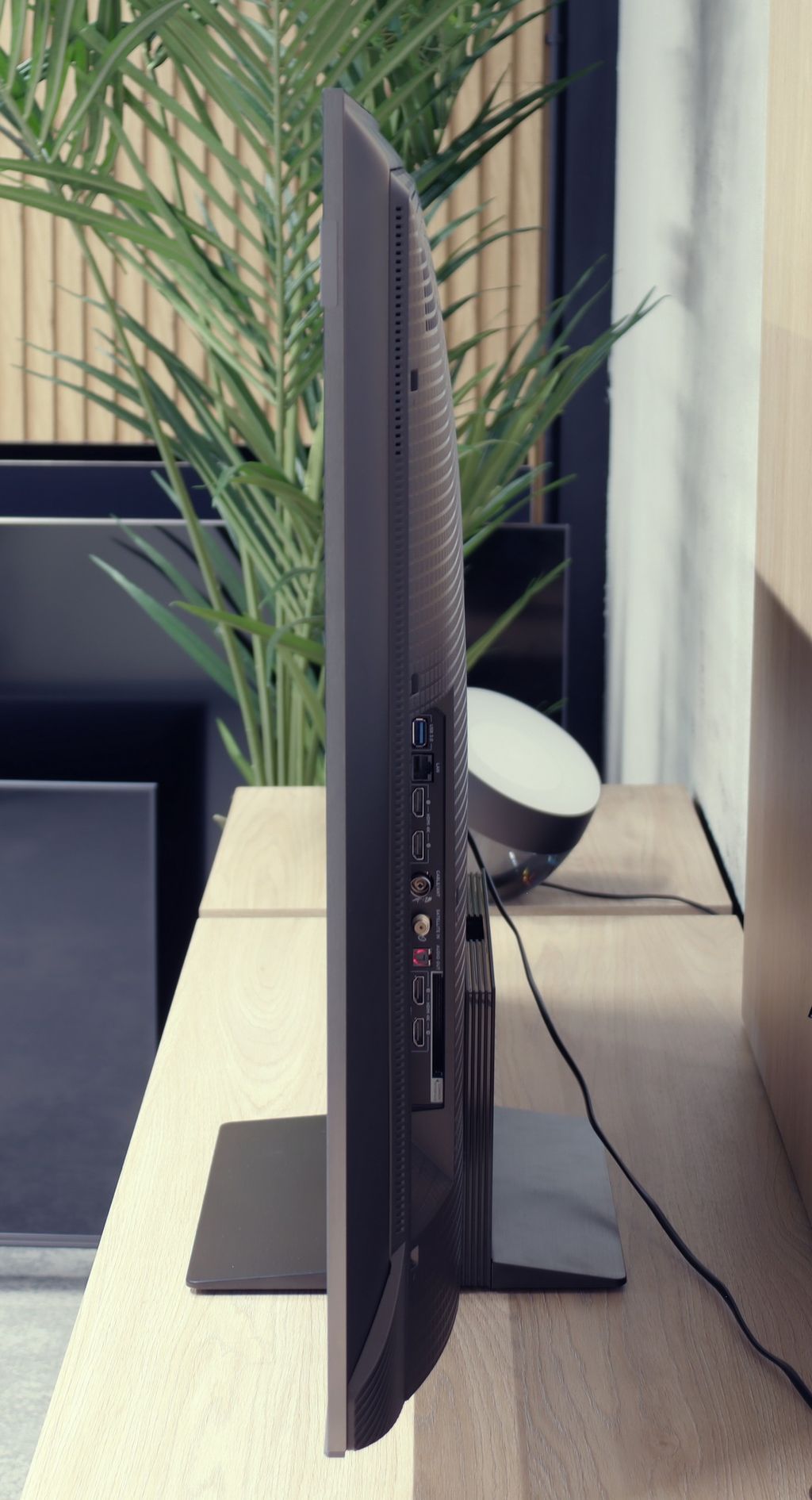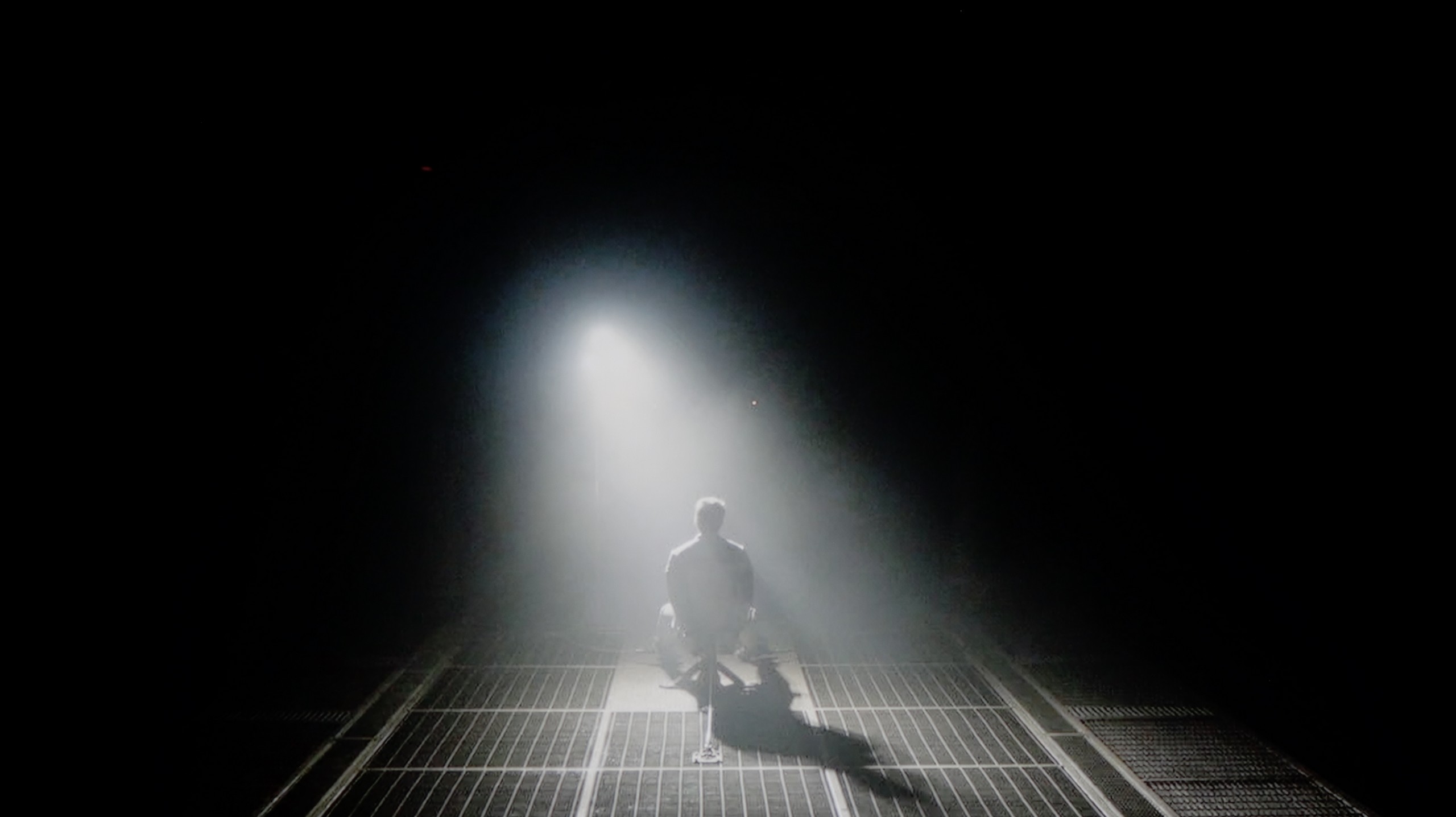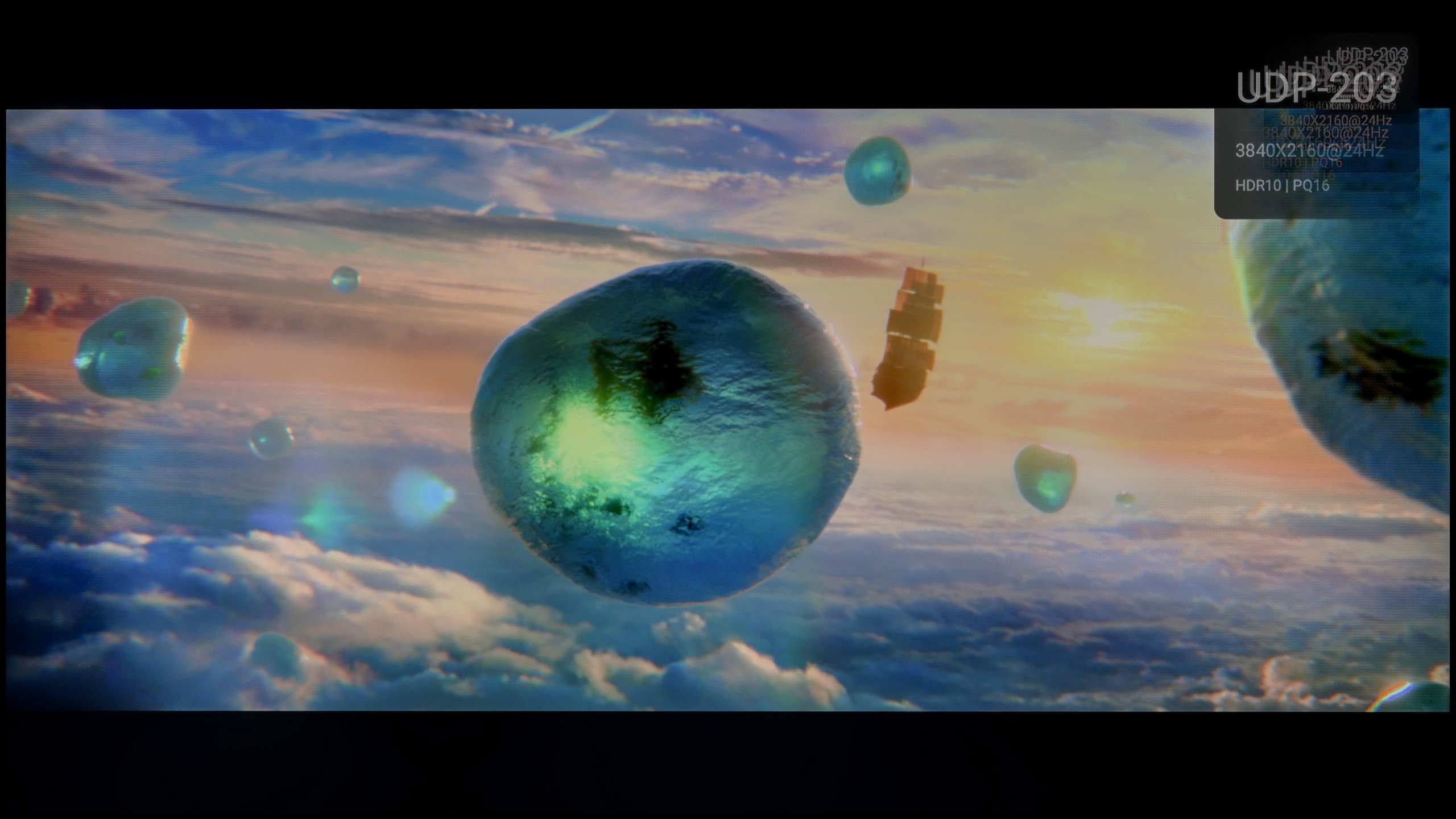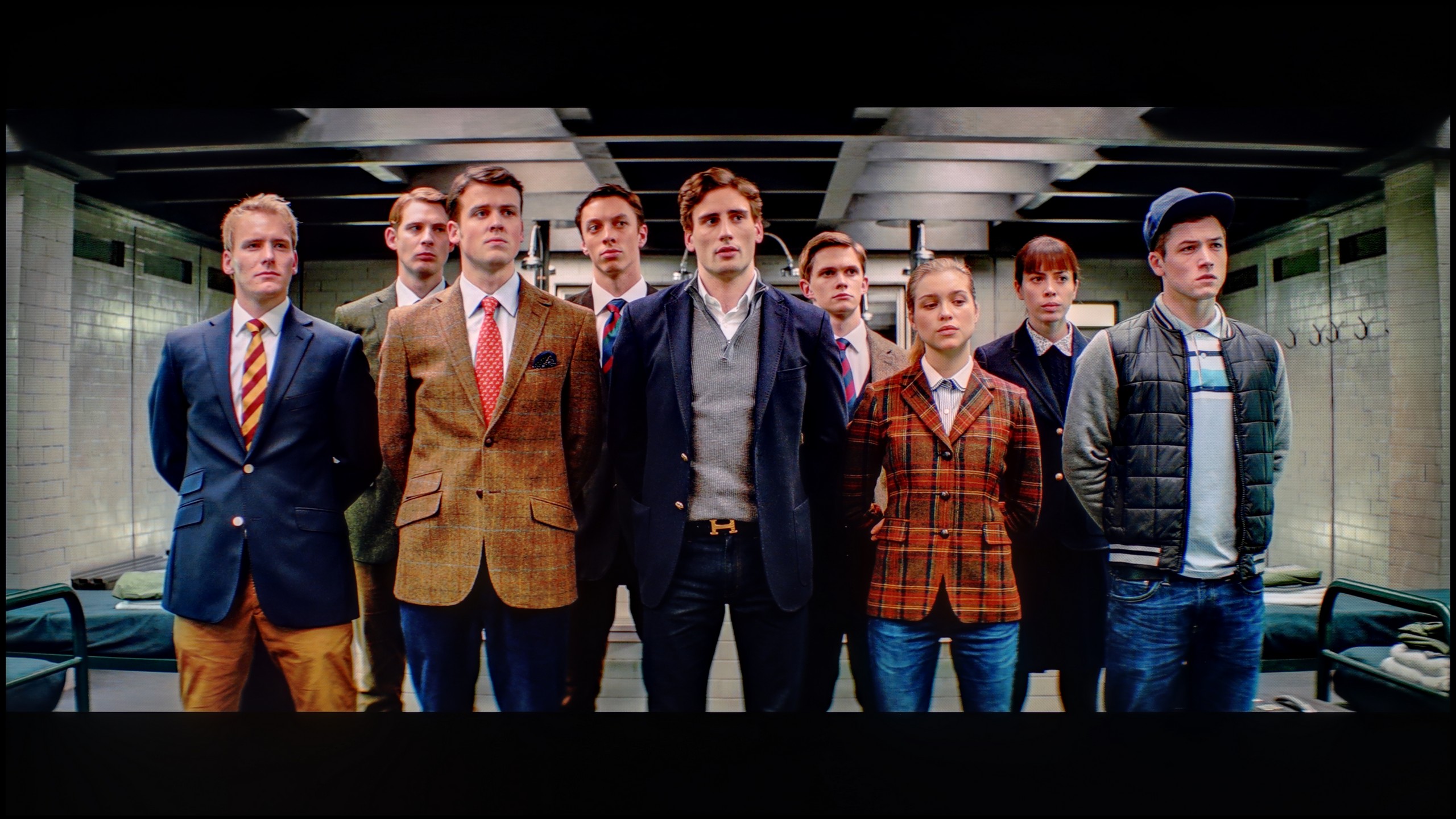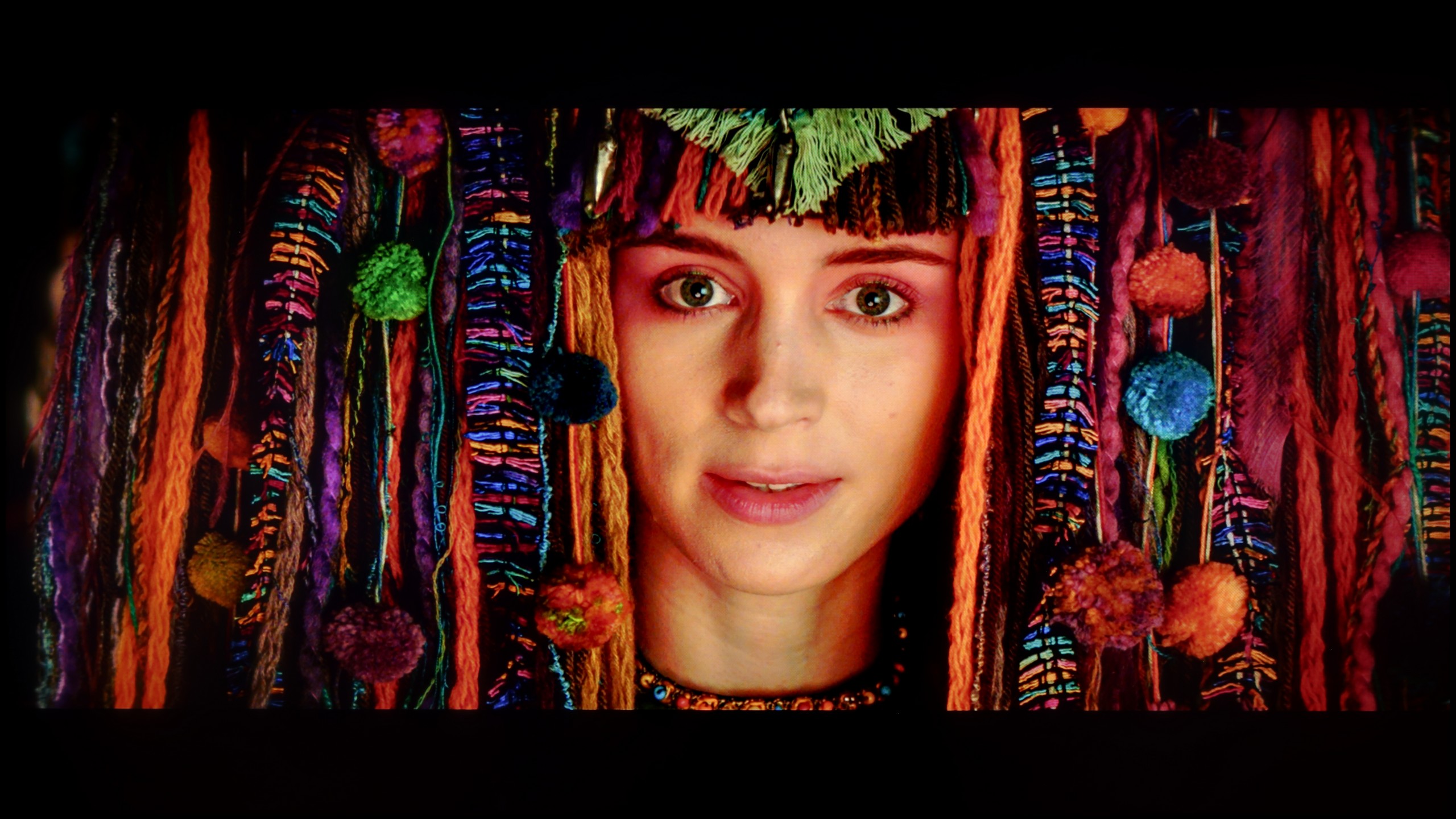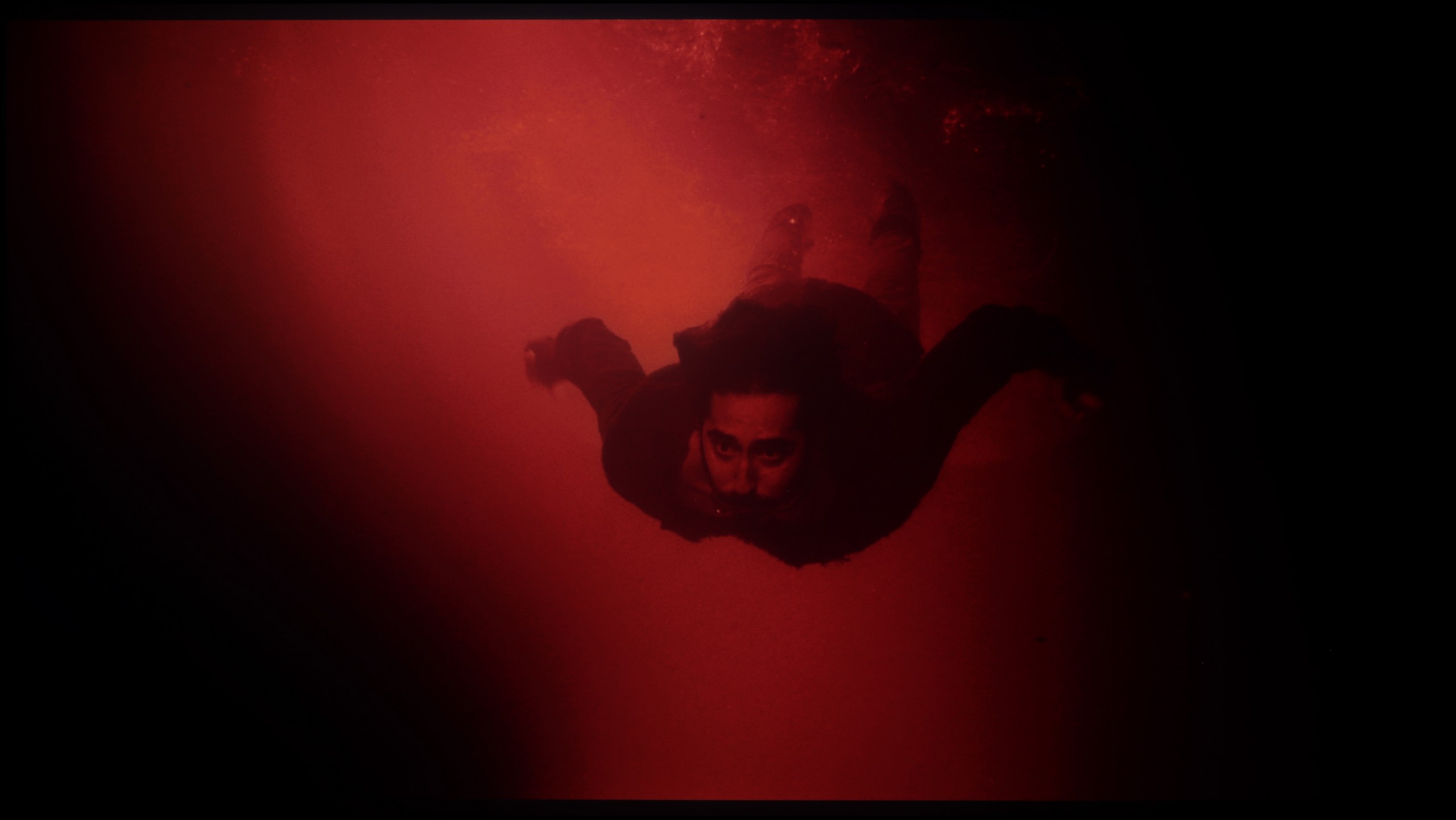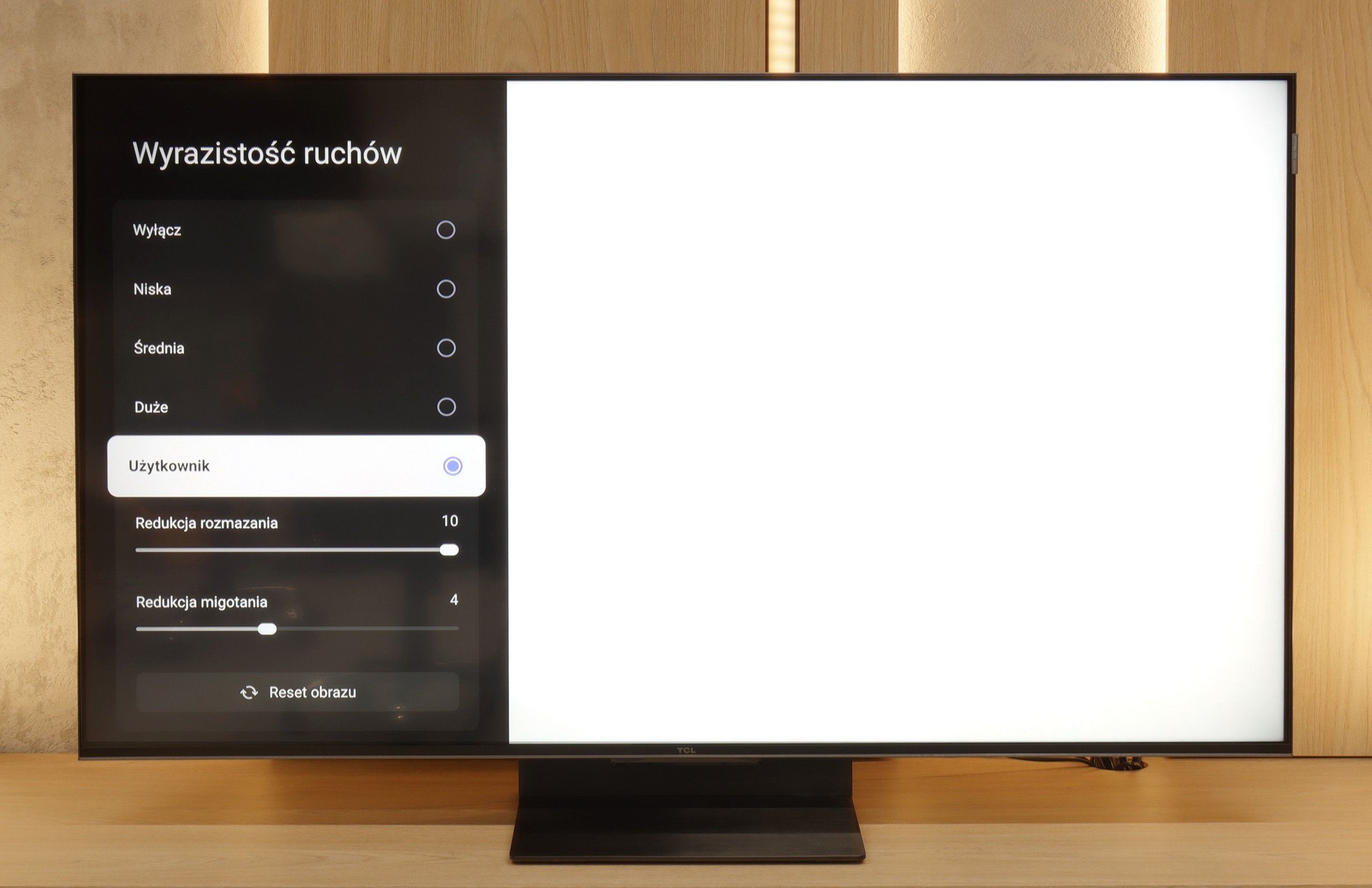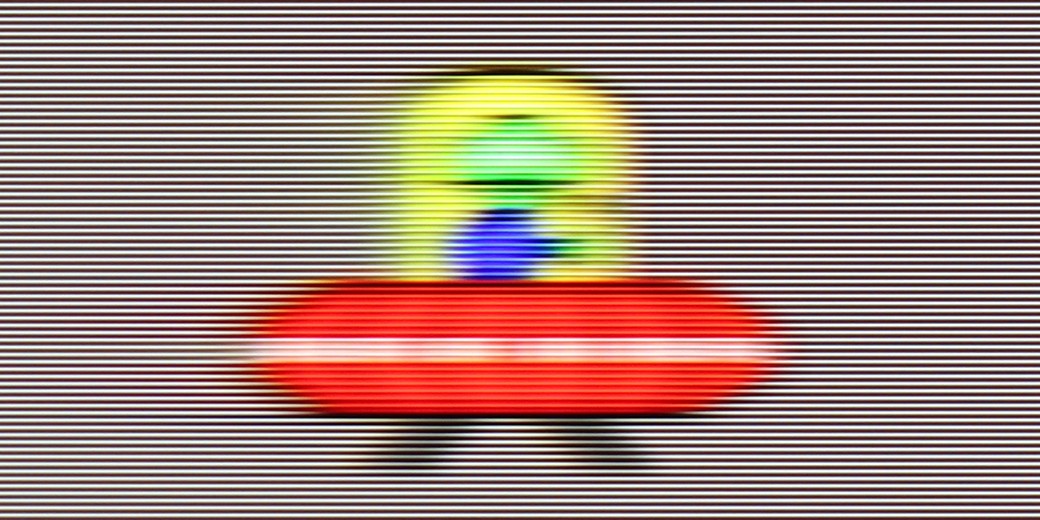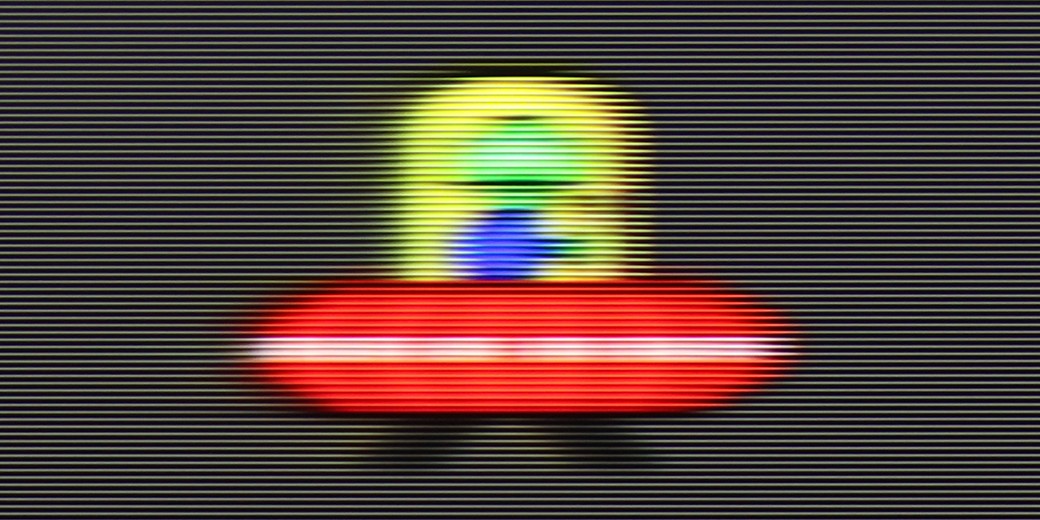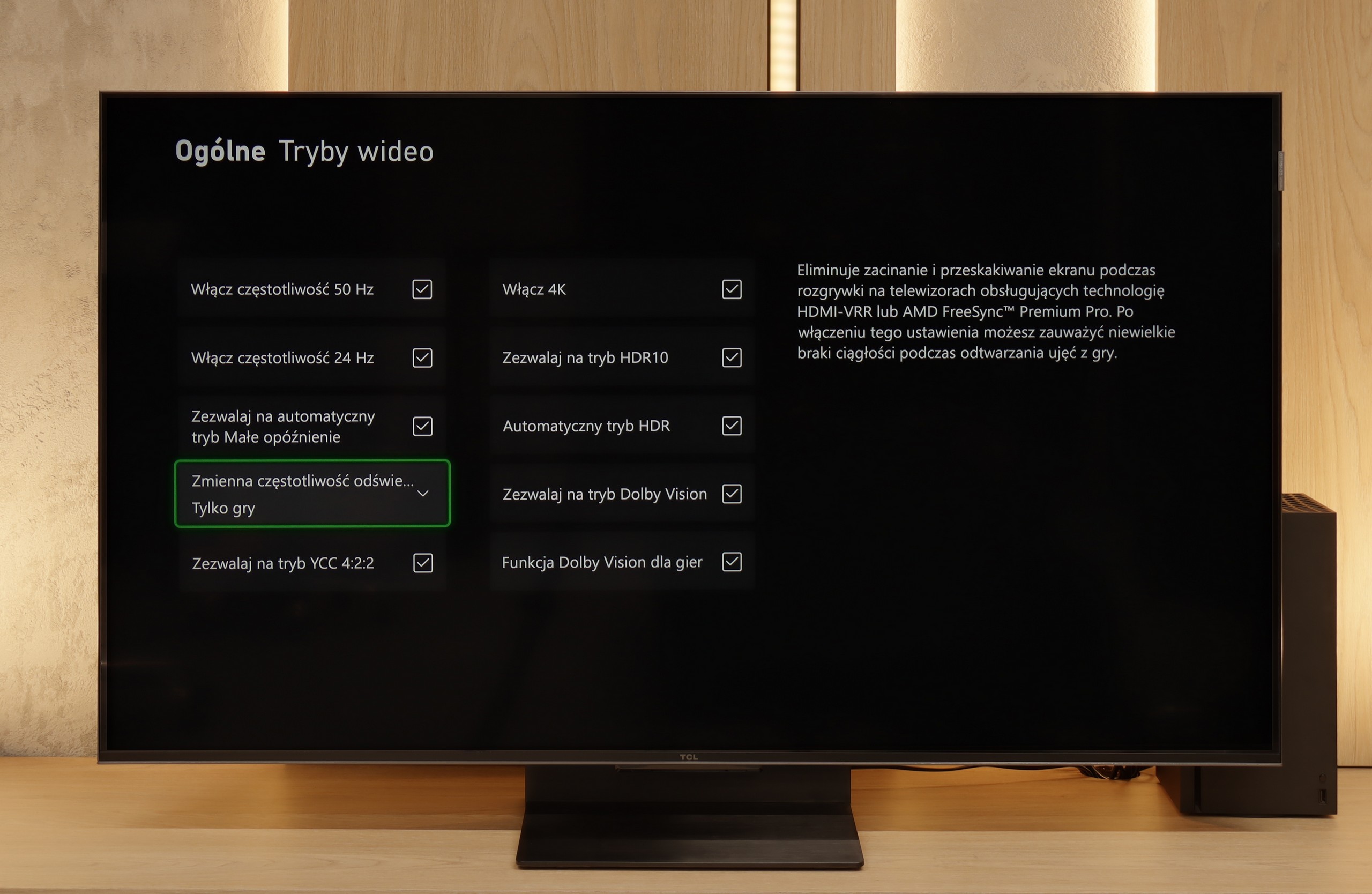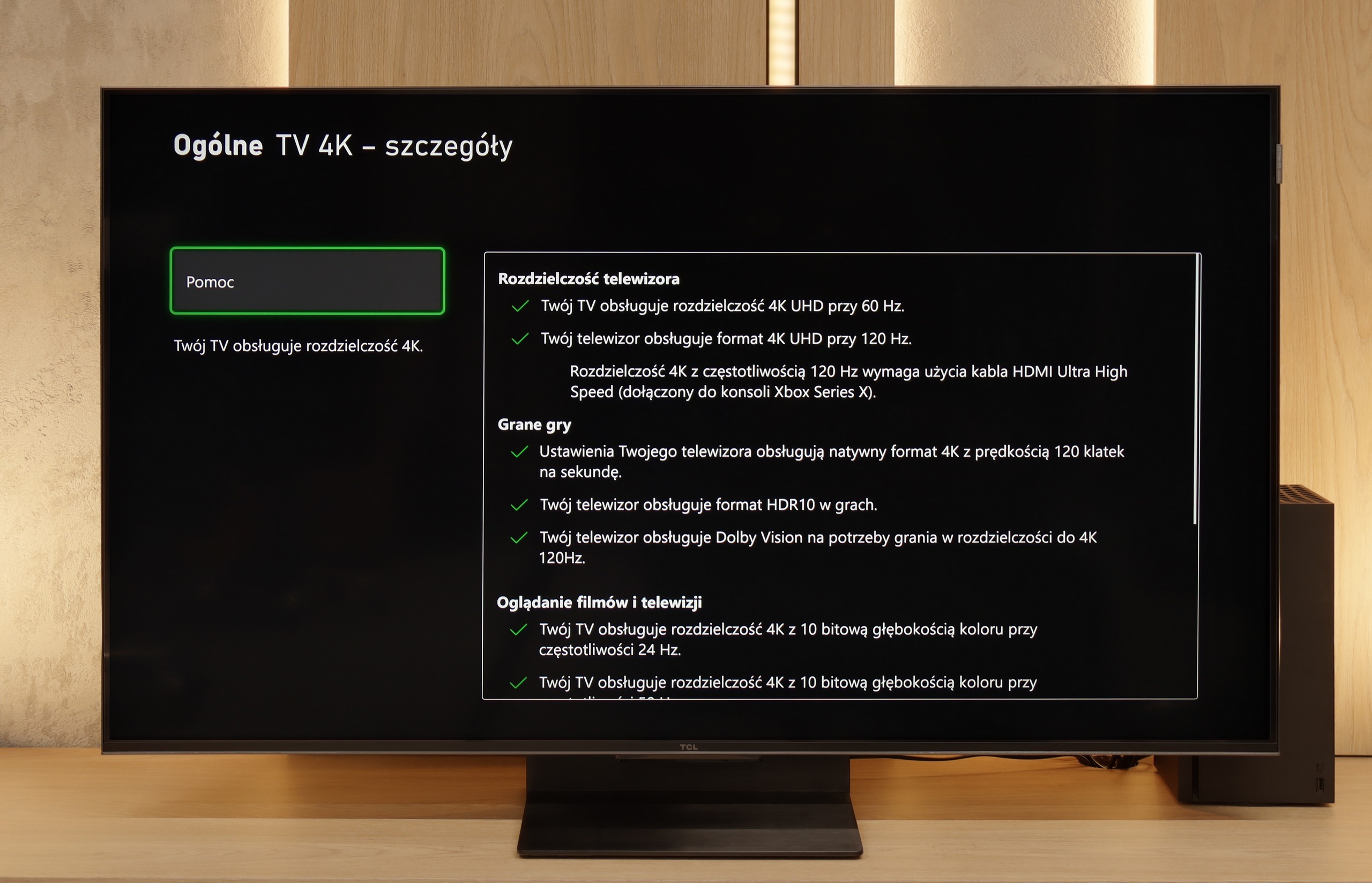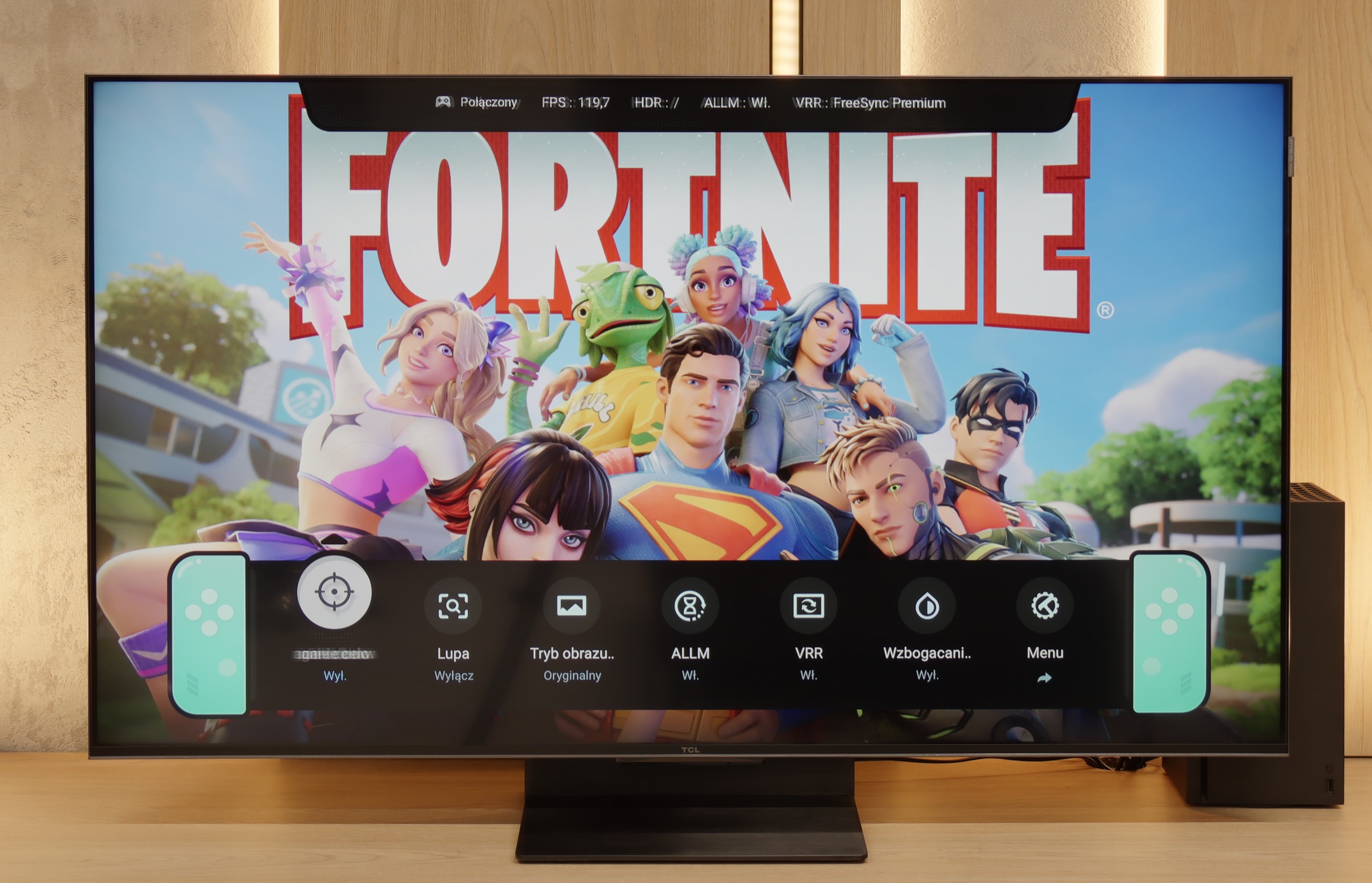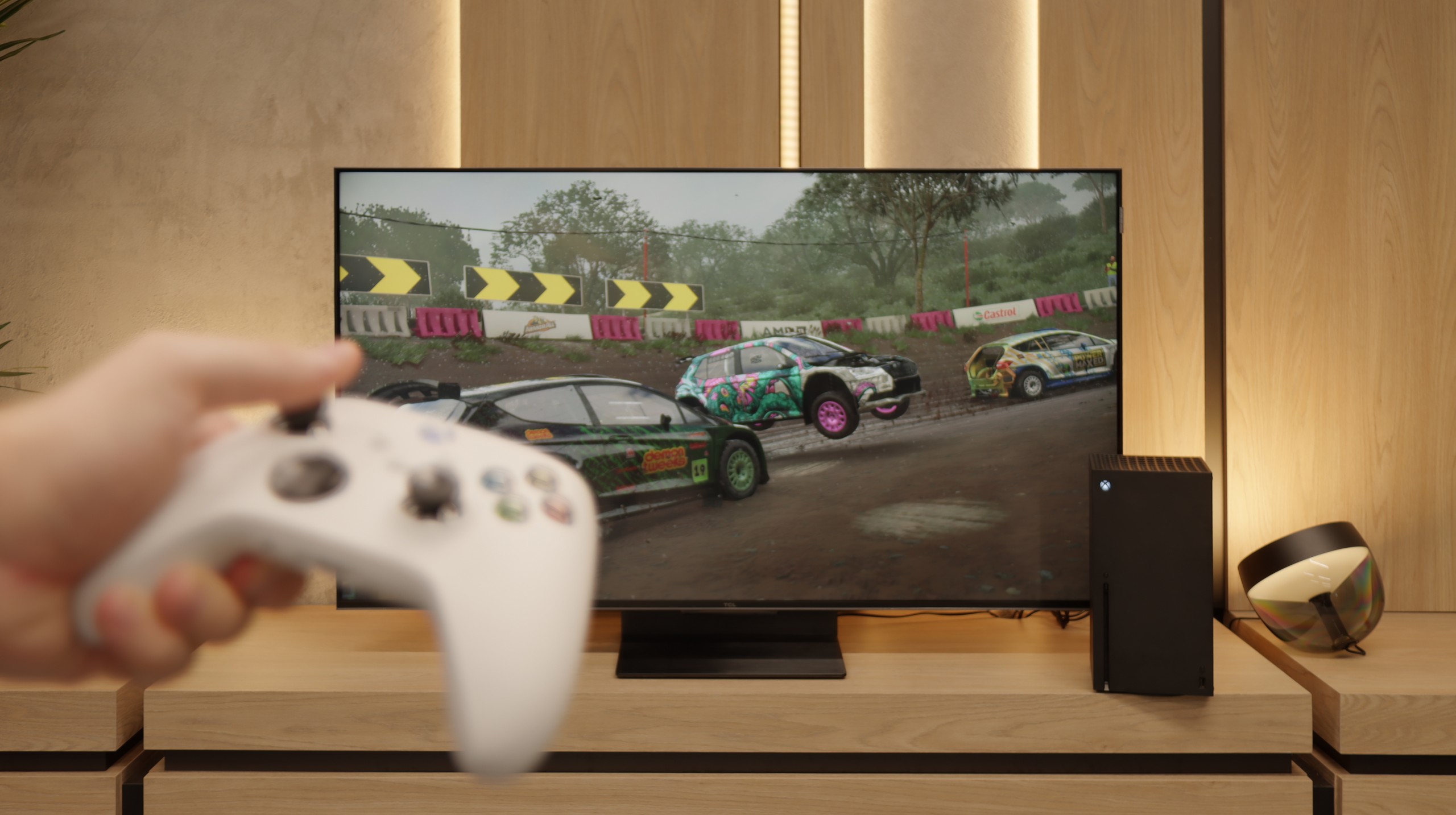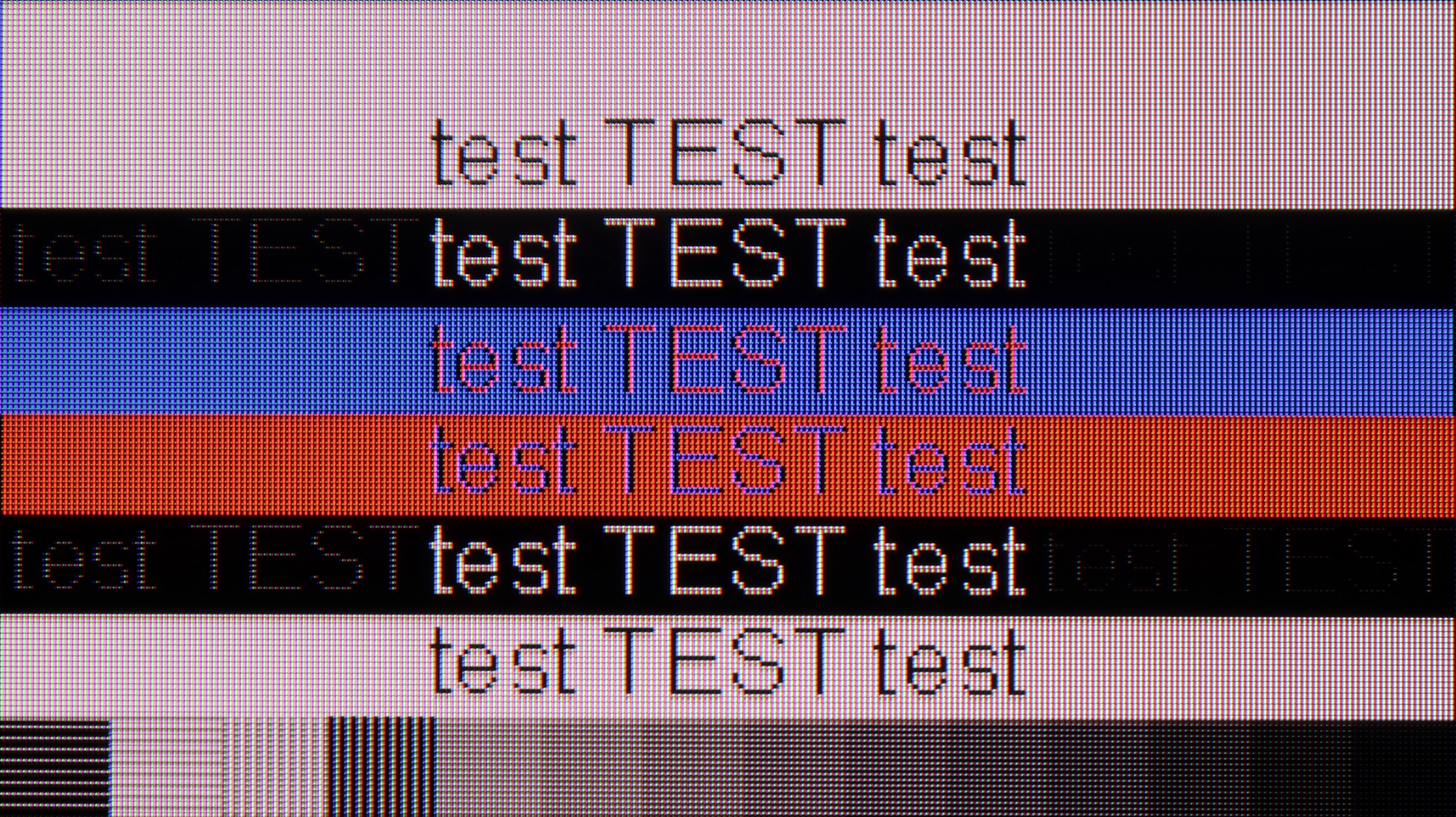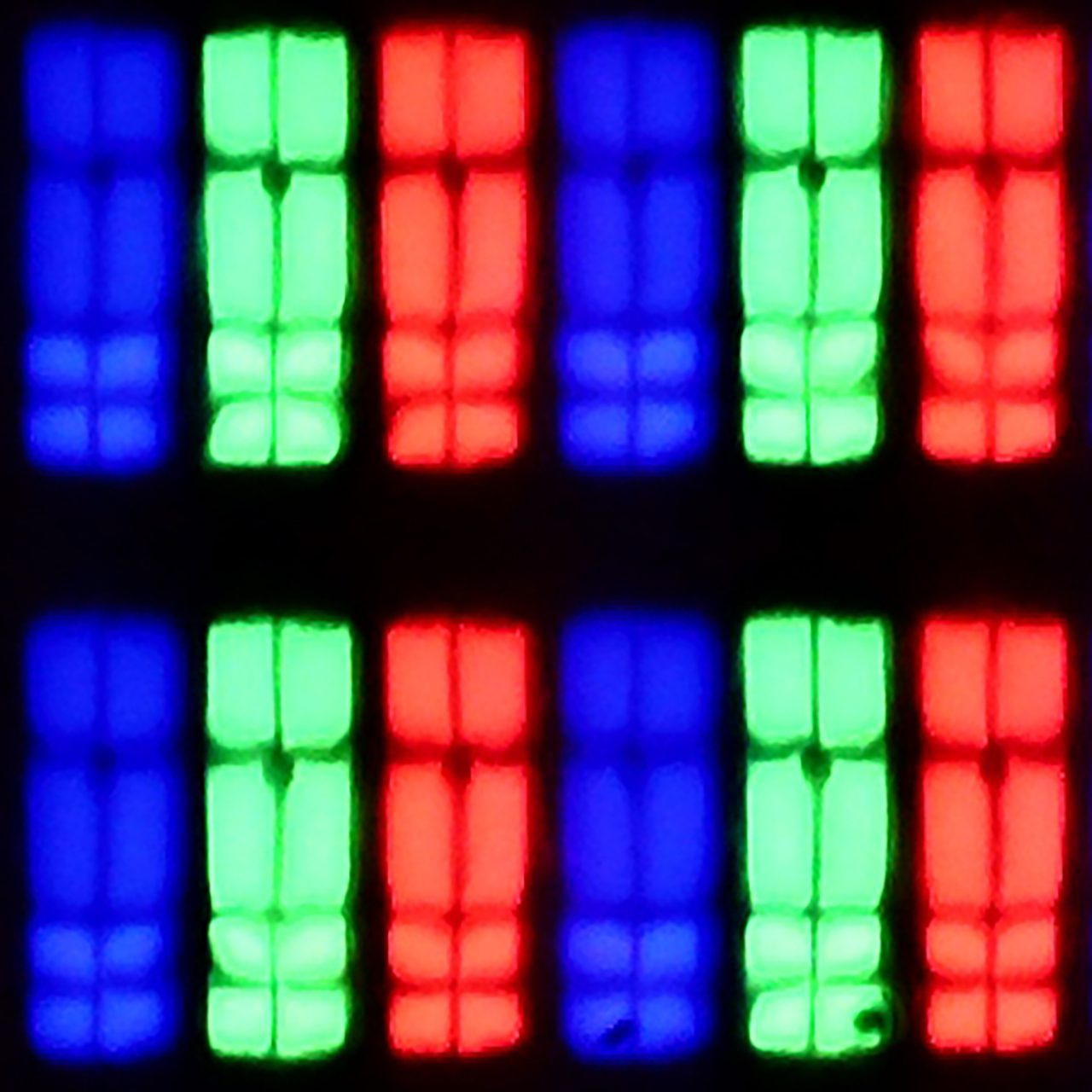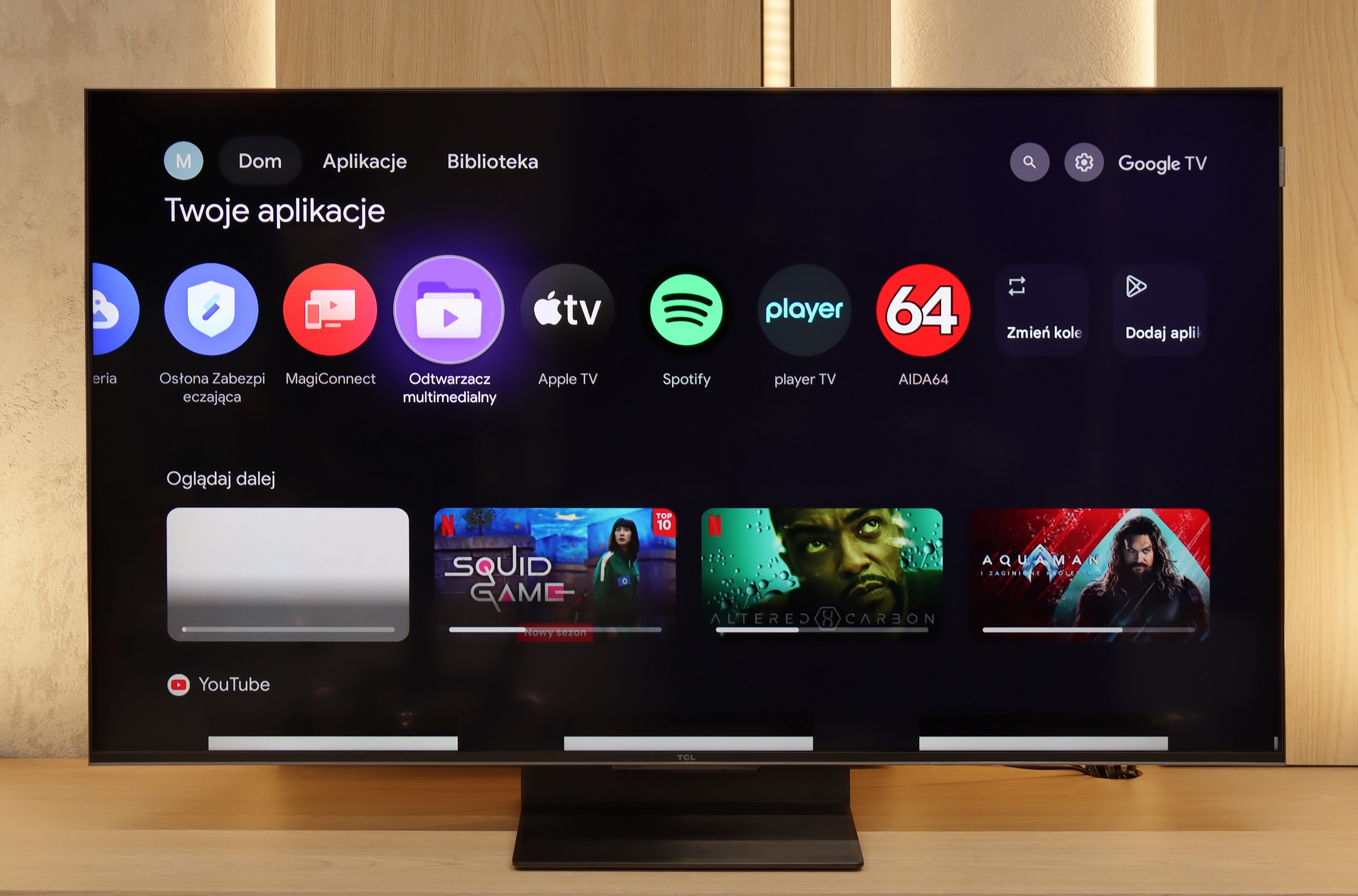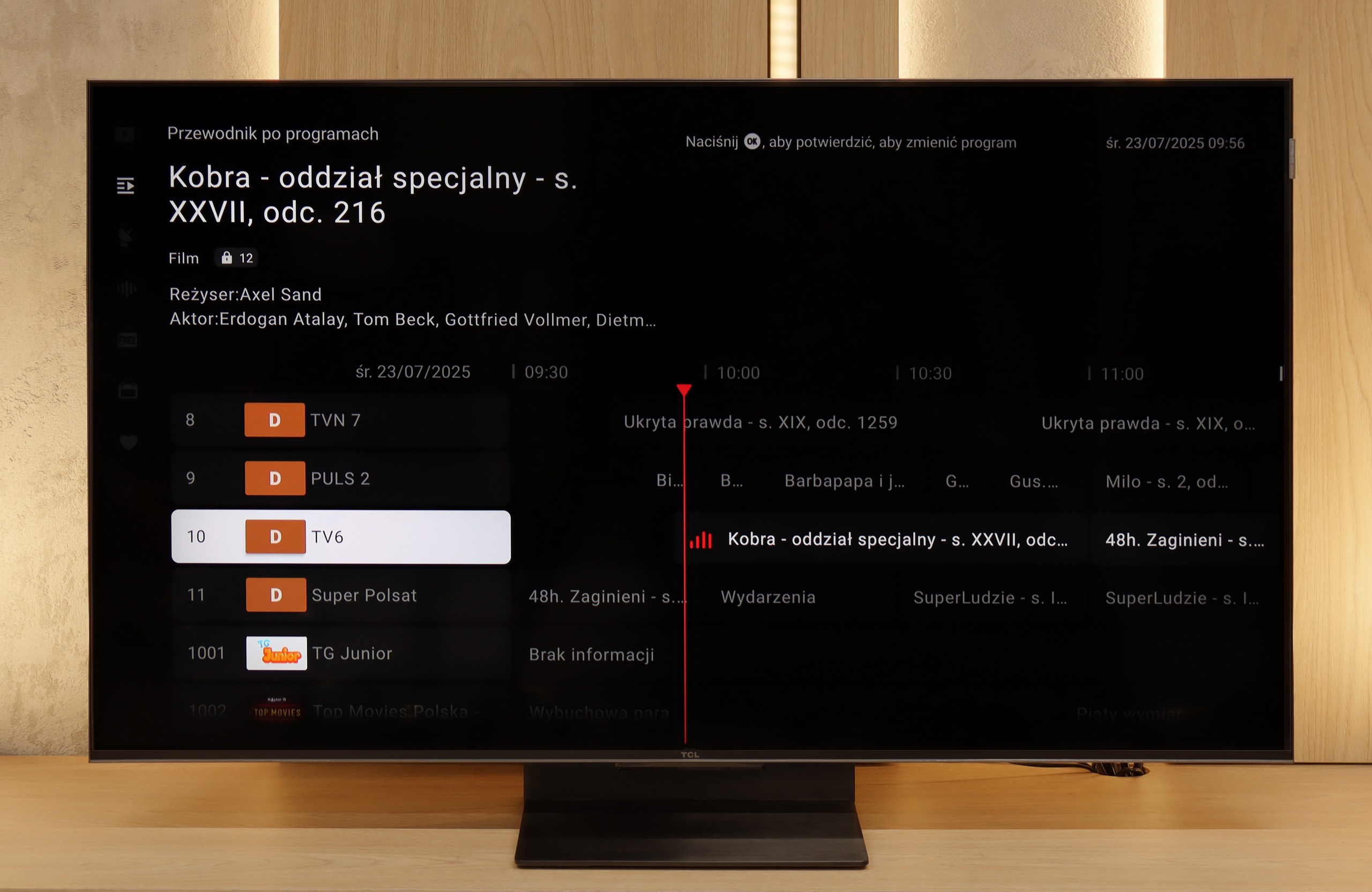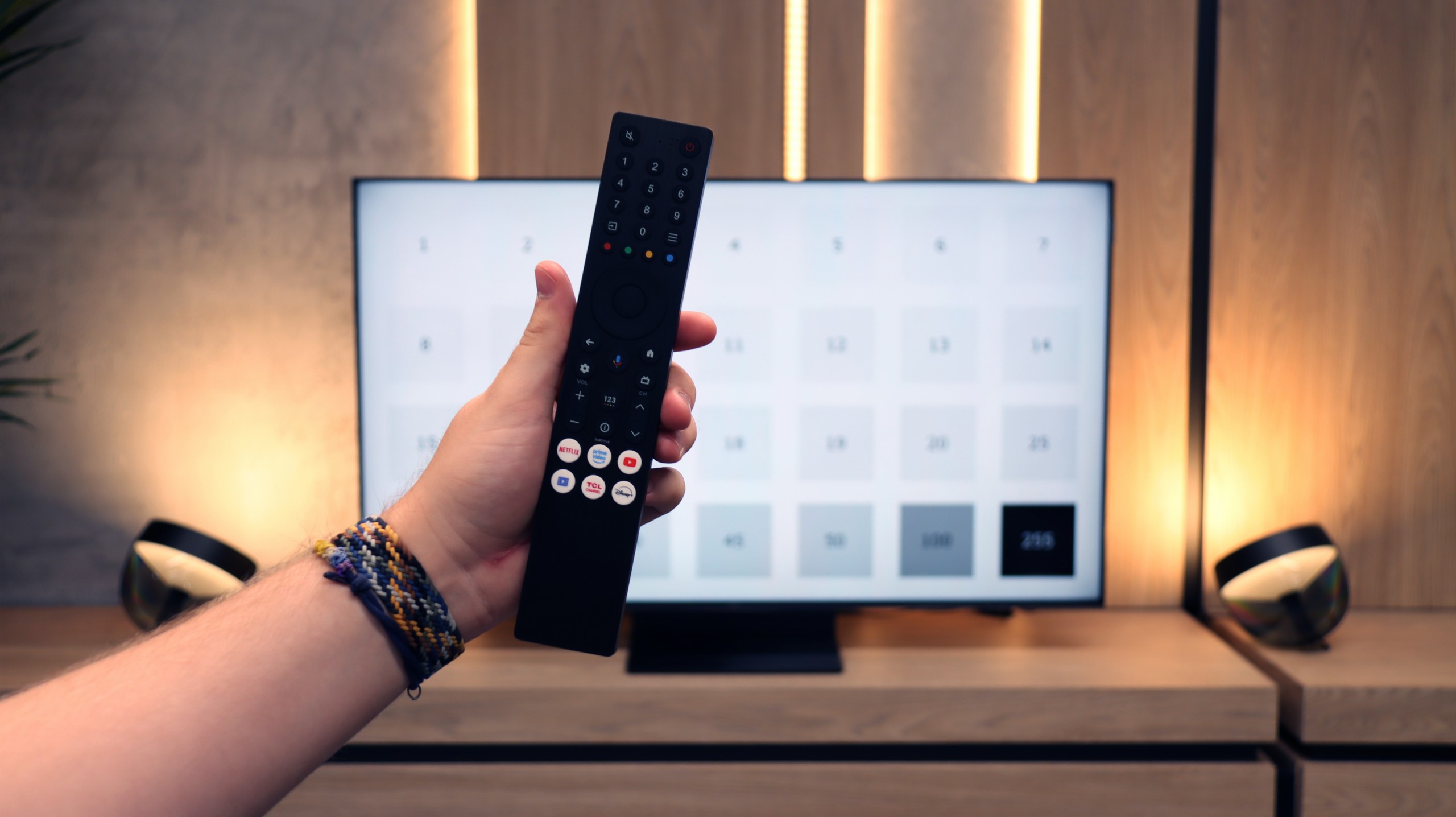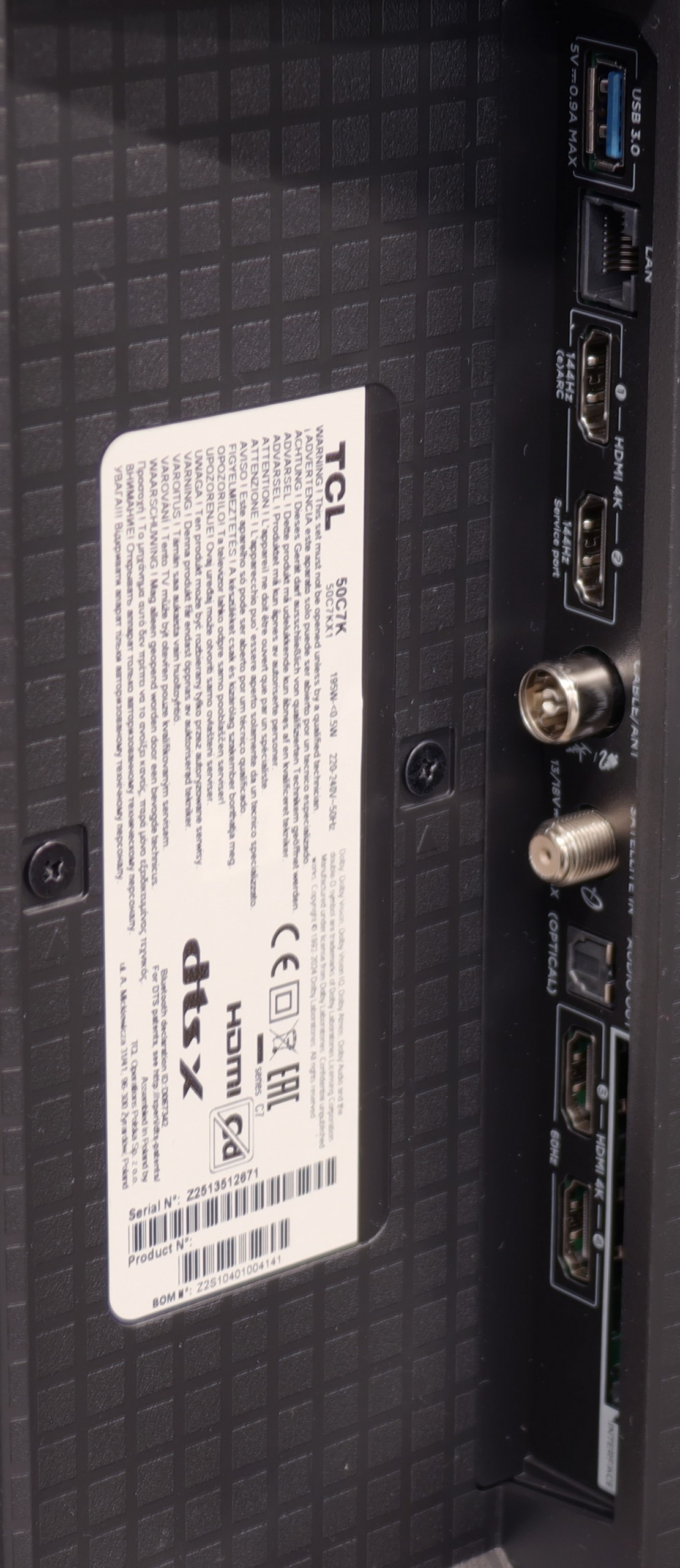The TCL C855 is a standout television in the TV market, showcasing a versatile performance across various applications and excelling in its price range. With Mini LED backlighting, the TV achieves impressive contrast and black levels, resulting in deep, vivid images. Its algorithm effectively maintains black uniformity, minimizing blooming effects, a significant advantage for viewing HDR content.
While the TCL C855 can reach brightness levels of up to 1800 nits, which is commendable, it is worth noting that brightness can significantly drop to around 200 nits when bright but small elements appear on-screen. Additionally, the mid-tone boost can compromise contrast and reduce fidelity to the director's original vision.
For gamers, the TCL C855 shines brightly, offering extremely low latency and high-quality performance thanks to its full implementation of HDMI 2.1 features. The inclusion of the Google TV operating system adds to its appeal, providing nearly limitless options for application installation, including support for APK files from outside the official store.
The TCL C855 is an excellent choice for those seeking a reliable and versatile television. While it may have some drawbacks, its overall image quality, gaming performance, and advanced operating system make it a strong contender in the market.
There are TVs that come in for testing and you immediately think: "oh, another average one, probably like many others." And in fact… that's true. The TCL C7K doesn't try to dethrone the OLEDs, it doesn't shout from the box "revolution!". And yet, after a few days of testing, it's hard not to think: "wow, this is really good equipment." And that's exactly what the C7K is. The biggest asset of the C7K is its decent picture at a reasonable price – MiniLED and quantum dots do their job here. The colors are vibrant, the brightness is satisfactory, the contrast is impressive, and with the right settings, you can truly enjoy viewing in the best quality. The second strong point is the fluidity of motion – both in sports and in games. Support for HDMI 2.1, variable refresh rate, 144 Hz, and a whole bunch of other features make playing on this TV a pure pleasure. Additionally, there's Google TV, which – despite minor shortcomings – provides access to nearly an endless library of applications. Voice control, quick access to YouTube, Netflix, AirPlay support – everything you need for daily use is here. Are there any downsides? Sure. The Google TV system sometimes experiences moments of "hesitation," and MiniLED – like any MiniLED – can stumble on very challenging movie scenes. But those are details. After all, the C7K is a mid-range model – and in this class, it simply performs excellently. So if you are looking for a reasonably priced, modern TV with Google TV that looks good, works well, and sounds pretty decent without breaking your budget – the TCL C7K definitely deserves attention.

